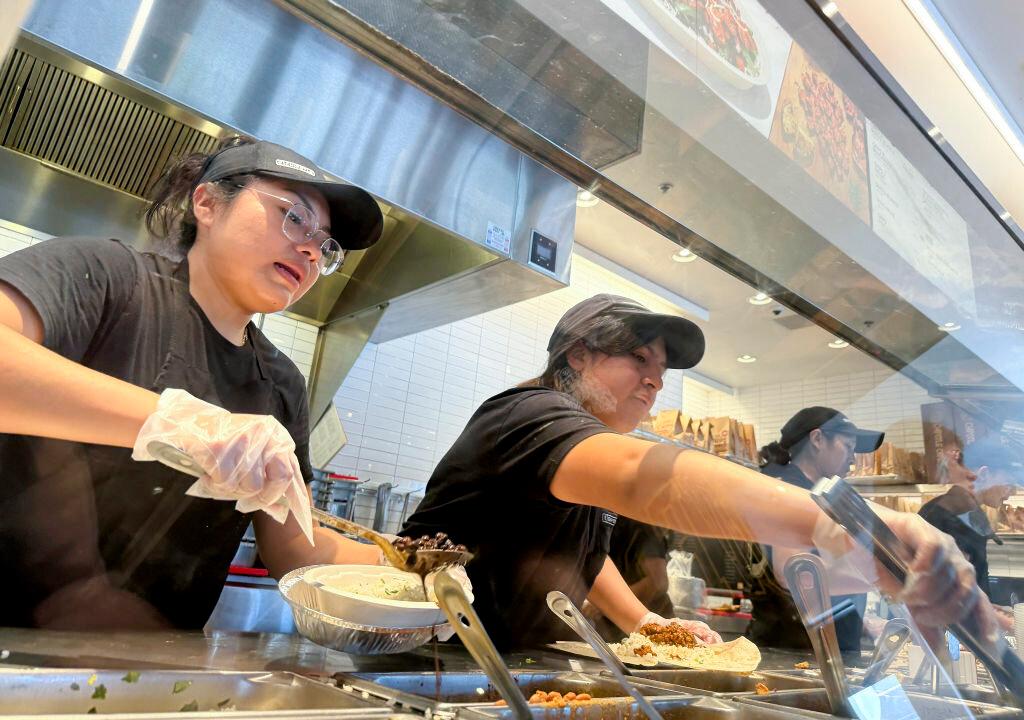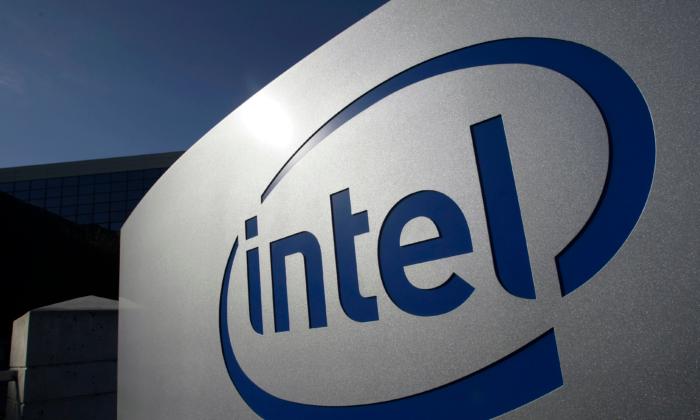After several disappointing quarters, Chipotle’s sales growth stabilized in the last quarter of 2024. The fast-casual restaurant chain is trying to shake off higher food and wage costs and become a global brand through new restaurant openings.
Scott Boatwright, CEO of Chipotle Mexican Grill, cheered the company’s performance and the brand’s scaling up through new store openings at home and abroad.
“Chipotle had another outstanding year, delivering strong transaction-driven comps each quarter, expanding margins, adding over 300 new restaurants, gaining momentum in key industry-leading brand metrics, making progress on many restaurant operating initiatives, and building our footprint internationally,” he said in a statement following the release of the company’s financial results.
Scaling up with the opening of new stores is part of the company’s domestic and overseas expansion, which is part of its efforts to become a global brand since it was separated from McDonald’s in 2006 to become a publicly traded company.
“I want to make sure that as we continue to scale Chipotle, everything we do is in service of our guests or those who serve our guests, which will enable us to achieve our long-term ambitious goals of reaching 7,000 restaurants in North America, growing our AUVs beyond $4 million, expanding margins and making progress toward becoming a global iconic brand,” Boatwright said. AUV is average unit volume.
Milos Eric, co-founder and general manager at OysterLink, sees Chipotle’s report confirming customer interest in fast-casual dining.
“Chipotle’s strong earnings report shows the resilience of fast-casual dining, with impressive same-store sales growth and continued expansion,” he told the Epoch Times via email.
“Opening over 300 locations in a year while maintaining margin improvements is no small feat, even though quarterly revenues fell short of analysts’ forecasts.”
Similar to every other restaurant chain, Chipotle faces headwinds that pressure its gross profit margins due to higher costs for materials and labor needed to prepare its popular tacos and burritos.
For the fourth quarter, food, beverage, and packaging costs reached 30.4 percent of total revenue, up from 29.7 percent a year earlier, due to higher ingredient costs and menu changes.
Meanwhile, labor costs accounted for 25.2 percent of total revenue in the fourth quarter of 2024, up from 25 percent a year earlier due to wage pressures, including minimum wage hikes in California.
For several quarters, Chipotle has been trying to offset the higher food ingredient and labor costs through price hikes, which have shifted these costs to customers.
However, these price hikes may have taken their toll on the company’s sales growth as customers sought less expensive alternatives. For instance, comparable sales for the third quarter of 2024 increased by 6 percent, down from 11.1 percent in the second quarter.
John Zolidis, president and founder of Quo Vadis Capital and a long-term follower of the restaurant sector, is skeptical about the company’s growth prospects and high valuation, which makes its shares less appealing on Wall Street.
“The business remains very strong, but key tenants of the bull case appear fatigued,” he told The Epoch Times via email.
“The company is experiencing decelerating traffic trends and slowing comps. Menu pricing is only expected to contribute moderately to same-store sales in 2025.”
At the same time, Zolidis believes restaurant-level margins look toppy, with two consecutive quarters of declines and pressure expected in the first half of 2025.
“All this points to slower growth compared to recent years and a stock that looks at risk of valuation compression from very lofty levels,” he said.
Meanwhile, Eric is concerned that new tariffs could significantly impact margins, because 80 percent of U.S. avocados come from Mexico.
“While Chipotle has diversified suppliers, price increases may still be necessary,” he said.







